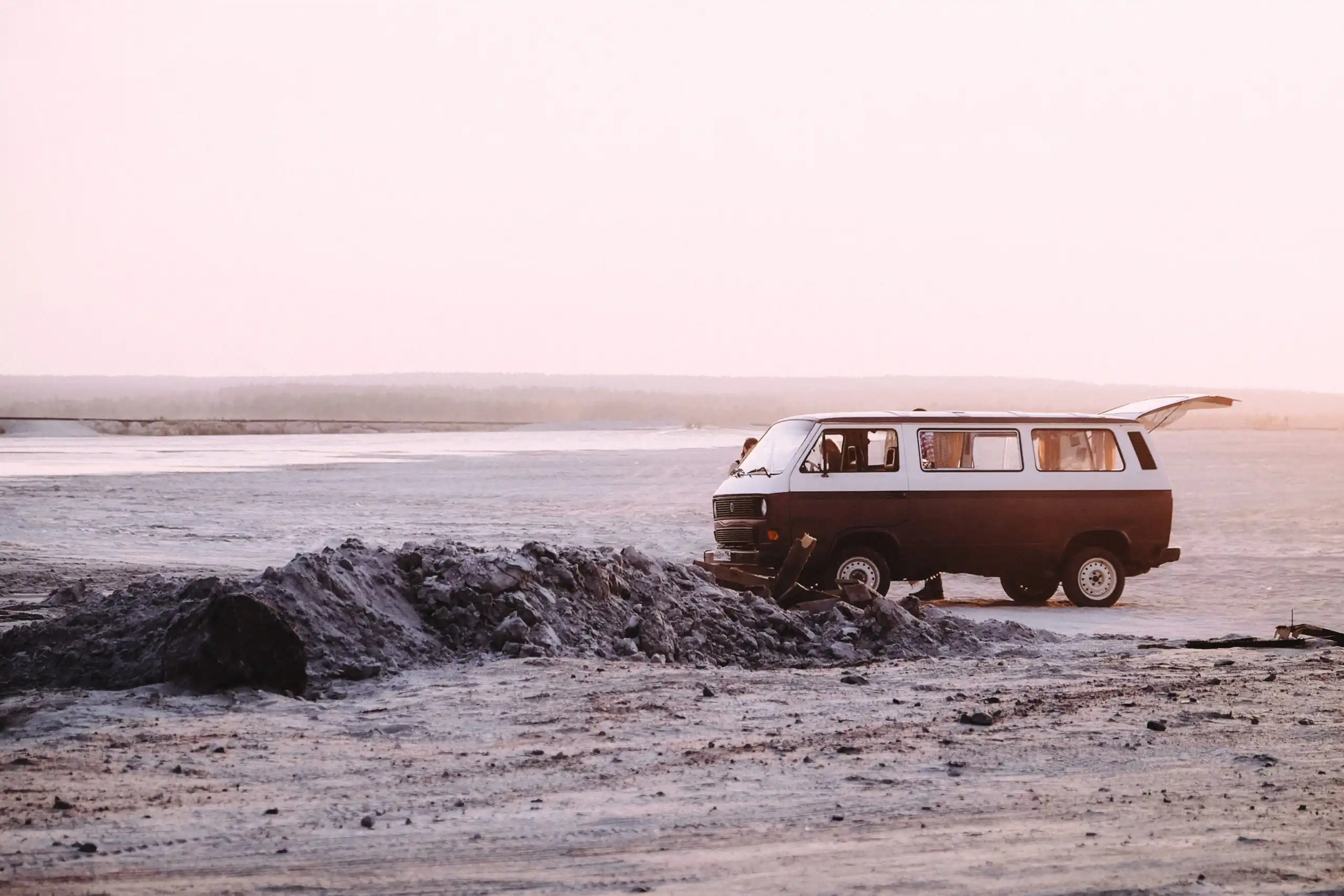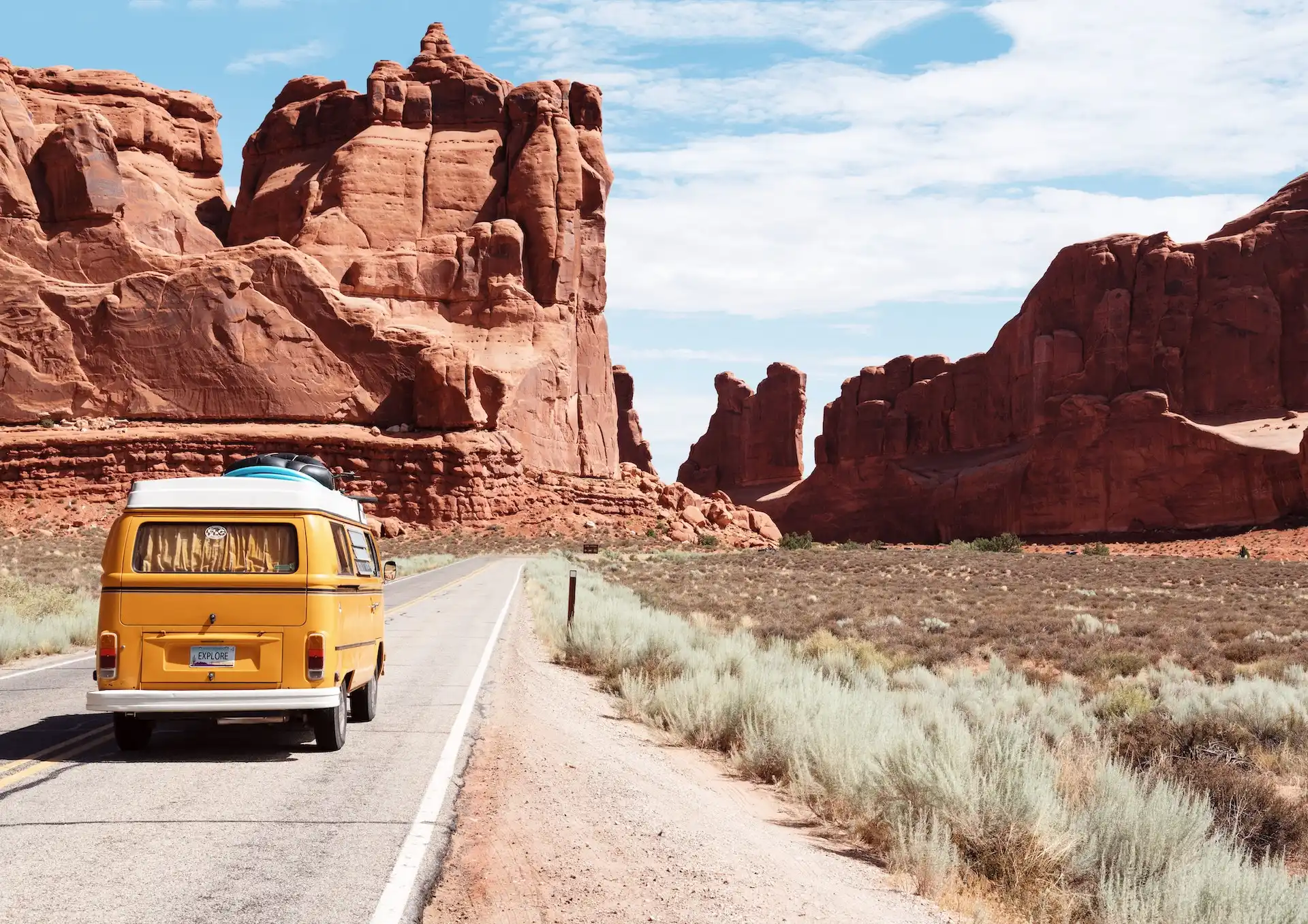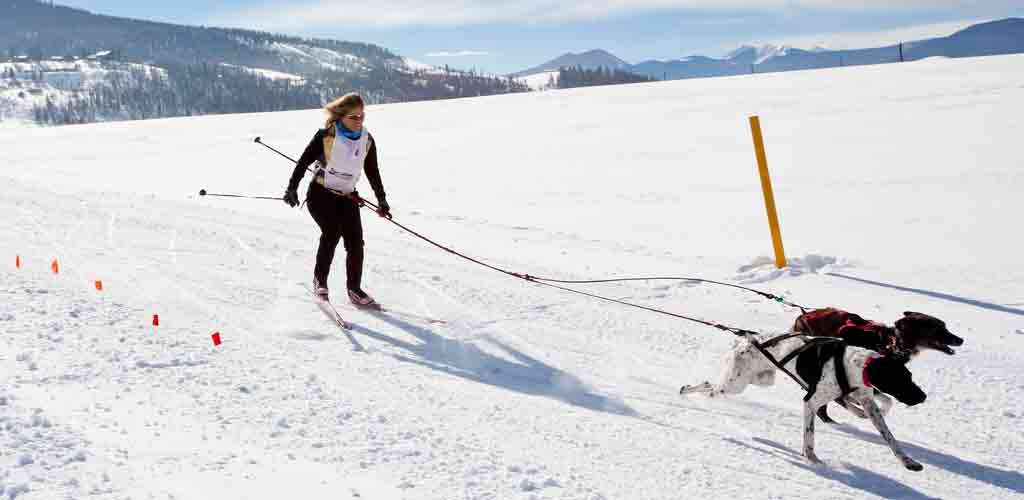At the 2018 Olympics in South Korea, 17-year-old Red Gerard absolutely dominated the snowboarding events. Raking up gold medals and world records and even lacing a few profanities in during international live broadcasts.
When I was 17, I slipped on some ice while shoveling a sidewalk and sprained my wrist. Not my finest moment—it really hurt—and I think about it every time there is enough snow in the forecast to require me to shovel my walk.
Chances are, you are not Red Gerard. You are probably closer to my skill level when it comes to winter sports. My knees are long past the days of learning how to ski and any sort of ice-skating is purely a social, one-lap-and-I’m-done sort of thing. I do excel at other winter activities like “drinking all of my coffee before it gets too cold” and “convincing my wife to wear socks instead of trying to warm her ice-feet against my leg.”
Then again, I’m not much for the winter. And if you are all about the snowy, winter months, I’m here to let you know about all of the winter snow sports that you still have a chance at medaling in.
At the very least, they won’t leave you in long lift-lines. That, in and of itself, is worth a medal.
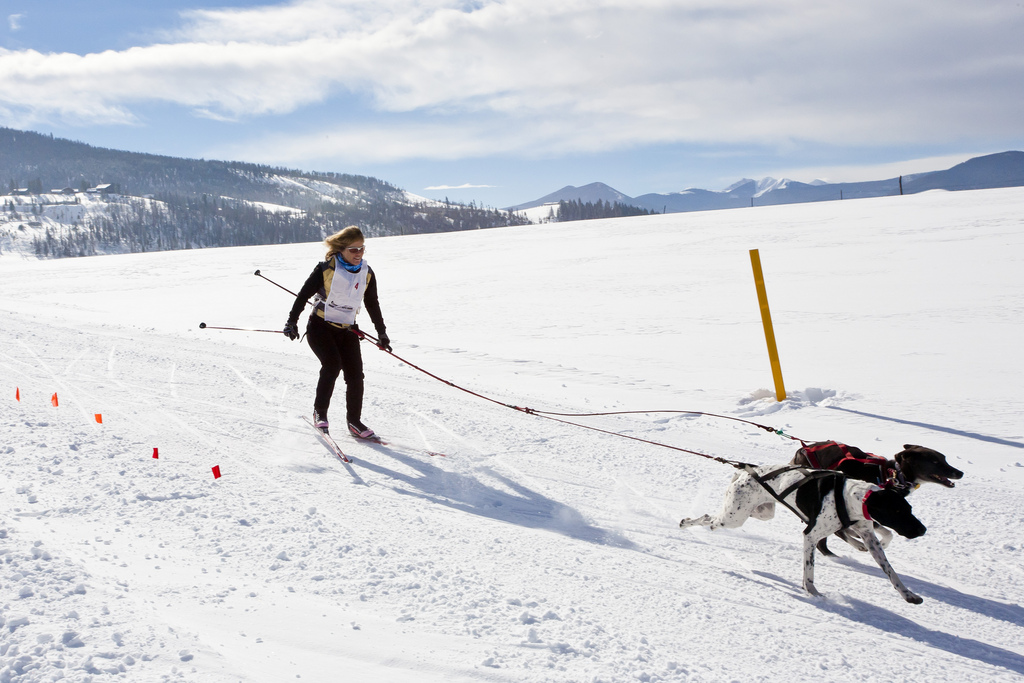
Skijoring
Like most absurdity on skis, Skijoring comes from Scandinavia where it was most likely how children got to school in the middle of March. Simply put, Skijoring is riding on skis while being pulled along by either horses or a pair of sled dogs. It is exactly as impractical as you think it is. Official skijoring races are held in mountain towns all over the country and are best accompanied by large crowds of spectators enjoying copious amounts of hot cider.
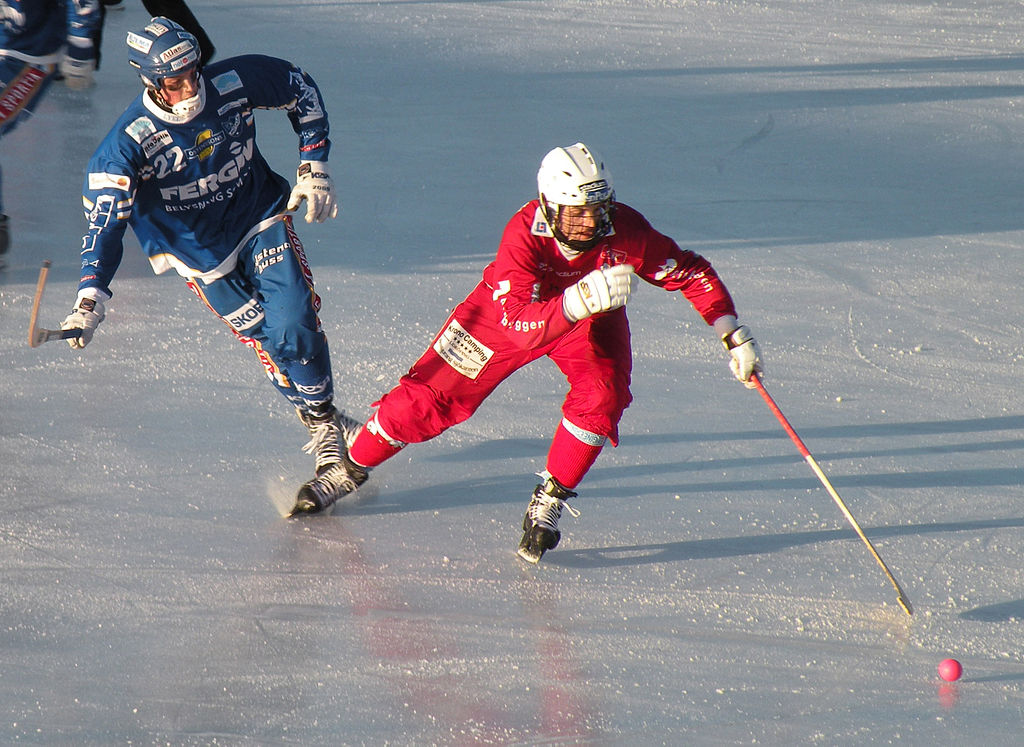
Bandy
Most of the year, I forget that hockey is a sport. Turns out a lot of people are diehard fans and get rather ugly when I mention that I rarely have the patience to sit through a hockey match. However, I would watch Bandy. Imagine hockey, with all the pads and skates and sticks, but instead of a dense rubber puck, there is an orange, bouncy ball.
Think about it, fully grown men chasing a small ball around a rink in an attempt to score. Nothing would ever get done. Pass the cider.
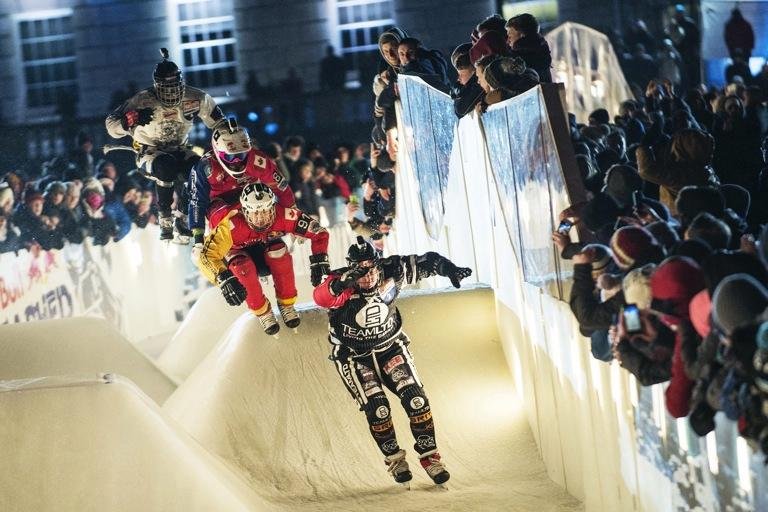
IceCross
For those with premium health insurance coverage, I would suggest trying out IceCross.
Have you ever had a bunch of runoff from melted snow re-freeze on your driveway overnight, leaving it impassable? A surface of ice at a 4% slope that is precarious enough to keep you from bringing in your newspaper or taking out your trash is rather hazardous.
Instead of a 4% grade, imagine one that’s 20%—and there are sharp turns and ramps to jump off of while you and a half dozen competitors are racing down the track. Also, you’re all on ice skates. Welcome to Ice Cross. Naturally, the pro league (yes, there is a pro league) is sponsored by Red Bull and Canadians have performed rather well at competitions.
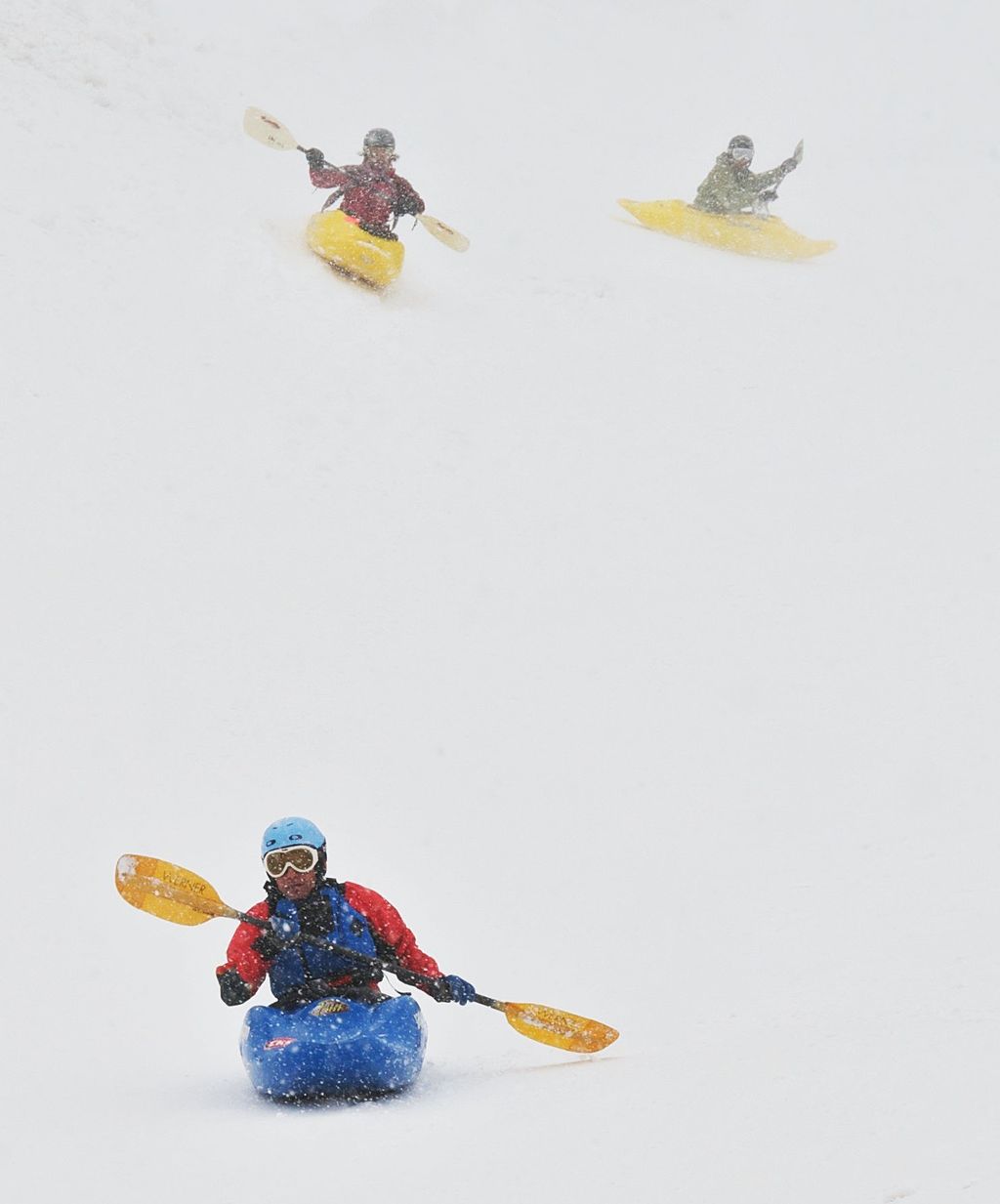
Snow Kayaking
Commonly, the pretense for any winter sport is to place the word “snow” or “ice” in front of it. “Ice Fishing” or “Snow Sledding.” Snow Kayaking is no different and makes just as much sense. Take your favorite kayak, wax the bottom of it as though it were a snowboard, and coast down a snowy slope using your paddle to steer.
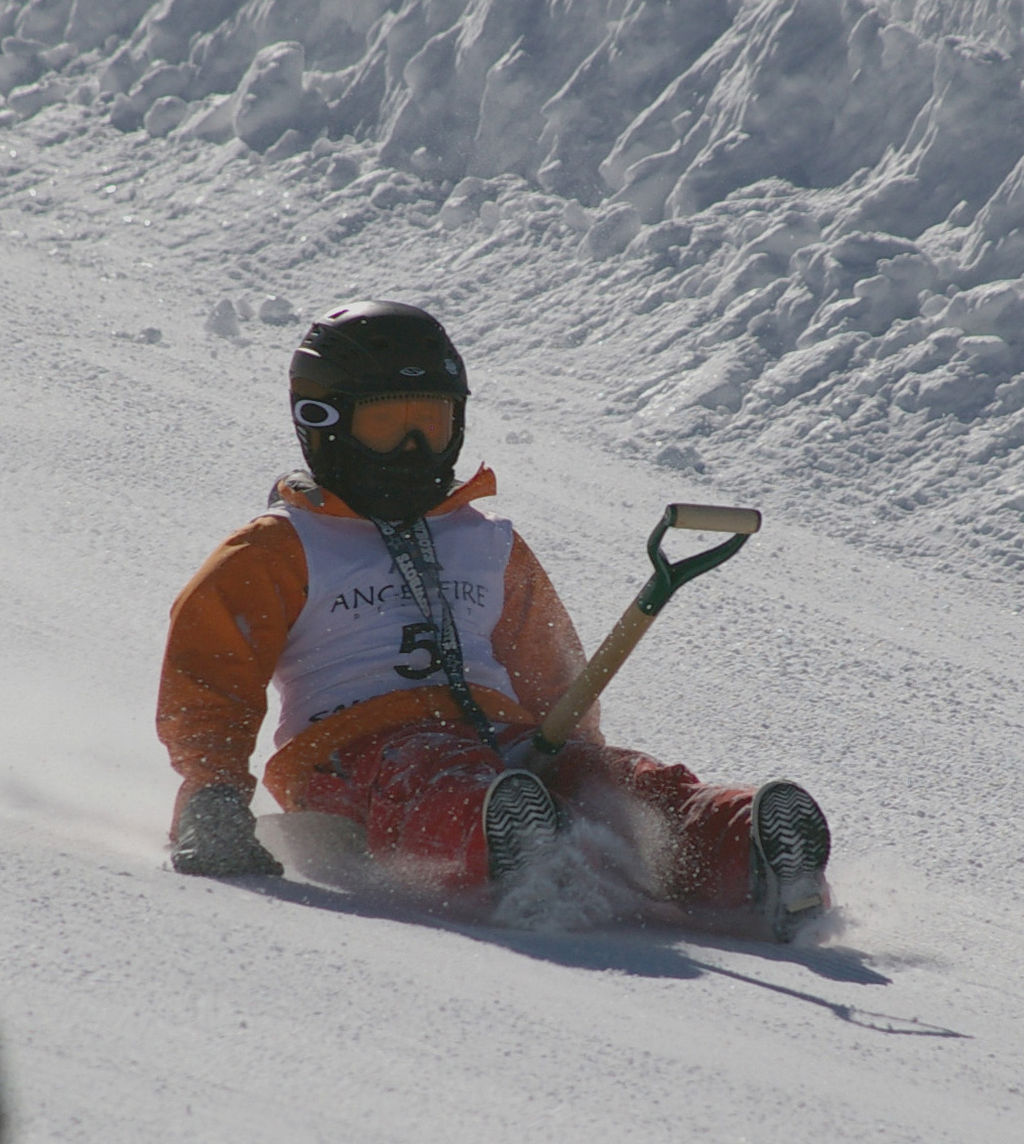
Shovel Racing
In middle school, we would steal lunch trays from the cafeteria and ride them down a snowy, wet, muddy hill on the other end of the football field. The administration wasn’t pleased, but the physics were always the same: bodyweight + plastic surface = glide. Shovel racing is built on the same idea. Sit on the shovel with the handle between your legs and let it fly. Originally adopted by ski-resort employees who needed to get down hills faster, this sport now has rec-league competitions anywhere that features both snow and hills.
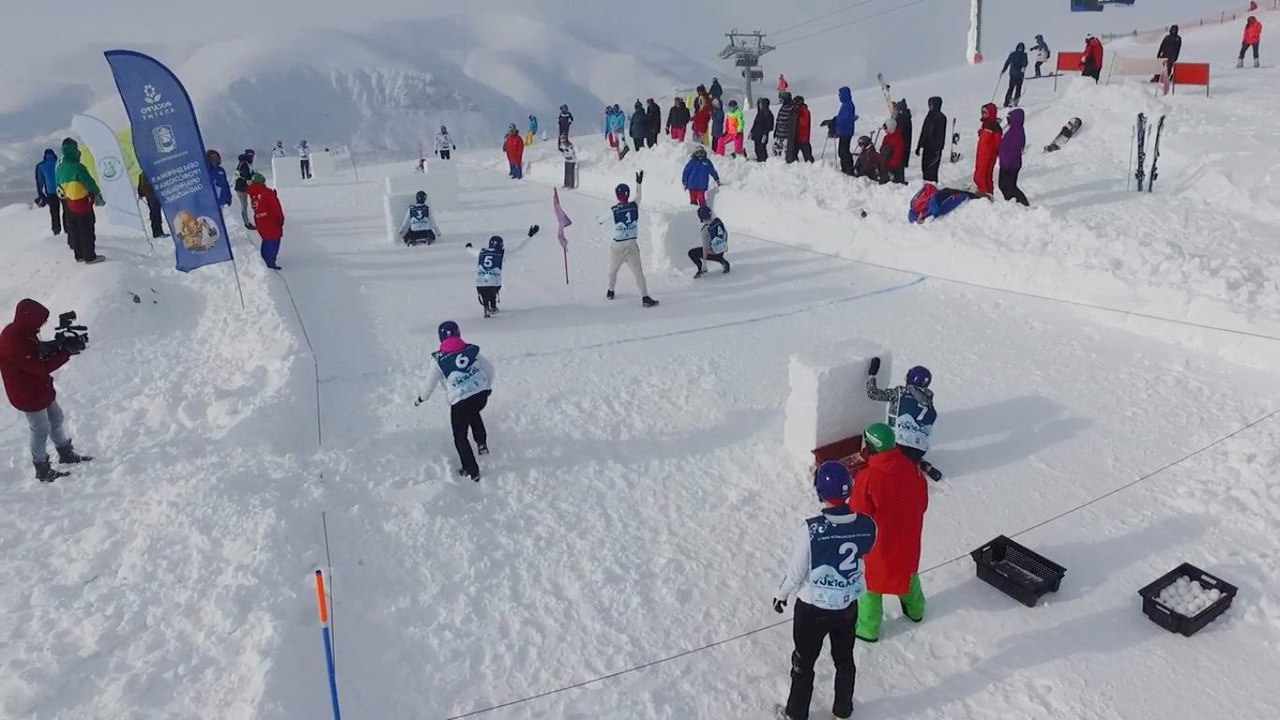
Yukigassen
Hailing from the empire of Japan, Yukigassen mixes two of the last childhood-favored war games—capture the flag and an old-fashioned snowball fight—into one sport. Teams of players attempt to capture the flag while evading snowballs being thrown at them by the opposing force. If you’re hit, you’re out.
Safety first, though. Players wear goggles and helmets to add to the militant mood of the sport, and because getting hit with snowballs hurts no matter if you are 14 or 40.
Ski ballet
Some people have two left feet, others have two left feet that are enormous and they cannot dance to save their life. Others take their giant feet, strap on five-foot long skis, and give dancing down a snow slope a try anyway.
Ski ballet (see YouTube clip of the sport here) was an officially recognized, professional (but not Olympic) ski event that competed in the Freestyle category until about the year 2000 because it was dreadfully boring to watch. It has since taken on a new shape as the aerial skiing event, which makes for great spectating because a million things could go wrong between the skier and the ground.

Hygge
While this may not be a “sport” in that it requires athleticism, there are those who take Hygge very seriously. It requires some skill, a great deal of preparation and practice, and yours truly approaches it with a very competitive edge.
Defined, Hygge is the Danish word for the acknowledgment of an outrageously cozy feeling. If you type “Hygge” into Pinterest you will be met with board after board of roaring fires, mugs of hot drinks, slippers, woolen blankets, knit caps, wood-furnished rooms with stone mantles, and giant windows that look out over vistas of blizzard-laden mountains. I find Hygge is best practiced alone, or with a very specific loved one, but never with more than four people—on the off chance that one of them will open the door and let all the heat out.

